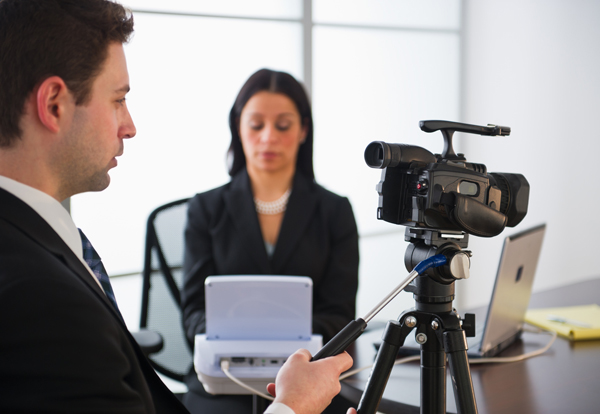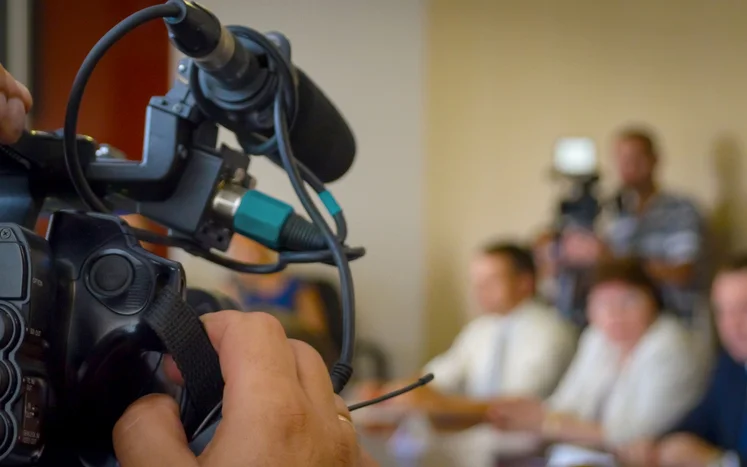Master the Art of Trial Presentations: Increase Your Courtroom Efficiency
In the realm of lawful proceedings, the capability to successfully present a situation in the courtroom can be a defining factor in the result of a test. Understanding the art of trial discussions is a skill that needs a mix of strategic reasoning, influential communication, and an extensive understanding of the subtleties of court characteristics. From picking the most impactful visuals to engaging with the court in an engaging manner, every element of a test discussion plays an essential function fit the story and influencing the decision-makers. As lawyers browse the detailed landscape of litigation, developing their court efficiency can be the trick to success in advocating for their clients' rate of interests.
Picking the Right Visuals
Picking appropriate visuals is crucial in successfully sharing intricate details throughout test presentations. Visual aids play a significant role in capturing the focus of the target market, improving comprehension, and reinforcing bottom lines (TRIAL PRESENTATIONS DURHAM). When picking visuals for a test discussion, it is necessary to think about the nature of the case, the audience, and the details details that needs to be communicated

It is necessary to ensure that the visuals selected matter, precise, and aesthetically attractive. Inadequately chosen or outdated visuals can detract from the message being conveyed and weaken the integrity of the speaker. By carefully selecting and integrating visuals into trial presentations, lawyers can properly connect their debates and raise the likelihood of a successful end result.
Crafting Engaging Opening Up Declarations
Properly establishing the tone for the situation, crafting engaging opening statements is a critical element of trial presentations that astounds the court's focus from the beginning. Opening statements act as the lawyer's possibility to supply an introduction of the situation, describing the essential facts, lawful concepts, and evidence that will be presented throughout the trial. A well-crafted opening statement not only educates the court regarding the upcoming proceedings but additionally establishes reputation and develops connection with the jurors.
To craft an engaging opening statement, attorneys should concentrate on producing a clear and meaningful narrative that reverberates with the jury. By including influential language and highlighting the strengths of their instance, attorneys can involve the jury's feelings and reasoning, making a memorable influence that influences their assumption of the situation. Additionally, structuring the opening up statement in a sensible sequence aids jurors comply with the lawyer's disagreement and retain crucial information throughout the test.
Utilizing Modern Technology Efficiently
In contemporary court setups, experienced integration of technology is vital for enhancing trial presentations and successfully sharing intricate details to the court. One of the vital technological tools that can significantly impact court presentations is multimedia presentations.
Furthermore, making use of presentation software application permits the smooth company of evidence, displays, and bottom lines, enabling attorneys to navigate via their instance effortlessly and quality. In addition, innovation can assist in real-time partnership between legal teams, making certain that every person gets on the exact same page and presenting an unified front in the court room. On the whole, grasping the art of using technology in test discussions is vital for accomplishing success in modern lawful process.
Engaging With the Audience
To astound and involve the target market throughout trial presentations, legal experts must master the art of connecting with jurors on a convincing and personal level. One effective strategy is to maintain eye contact with the jurors throughout the presentation (TRIAL PRESENTATIONS DURHAM).
Furthermore, including storytelling right into your discussion can be an effective tool for engaging the audience. By weaving a compelling story that humanizes the situation, you can evoke feelings and make the info extra remarkable and relatable for the jurors. In addition, proactively entailing the target market with interactive aspects or rhetorical questions can assist preserve their emphasis and participation.
Eventually, engaging with the target market is not nearly communicating details however concerning developing a link that influences their understanding and decision-making procedure. By mastering click here for more info this art, attorneys can substantially improve their courtroom performance and efficiently sway the point of views of the jurors.
Dealing With Cross-Examinations

To properly handle interrogations, lawyers need to diligently prepare by evaluating witness statements, recognizing potential weaknesses, and creating probing questions to evoke appropriate information. Keeping calmness and staying focused are paramount during cross-examinations, as psychological responses or diversions can detract from the lawyer's reliability and efficiency. Furthermore, active listening skills are critical to maximize possibilities to impeach the witness or expose errors in their statement.
Conclusion
Finally, understanding the art of test discussions involves choosing impactful visuals, creating convincing opening statements, making use of modern technology efficiently, involving with the target market, and visit their website adeptly taking care of cross-examinations. By developing these skills, lawyers can boost their court efficiency and effectively share their situation to the judge and court. Ultimately, a well-executed trial presentation can significantly influence the outcome of a situation.
By thoroughly picking and incorporating visuals right into trial discussions, lawful experts can properly connect their debates and enhance the likelihood of a successful outcome.

To include the audience and astound during test discussions, lawful professionals should grasp the art of linking with jurors on a persuasive and personal level.In conclusion, grasping the art of trial presentations includes choosing impactful visuals, producing convincing opening declarations, using technology effectively, engaging with the audience, and adeptly dealing with cross-examinations.